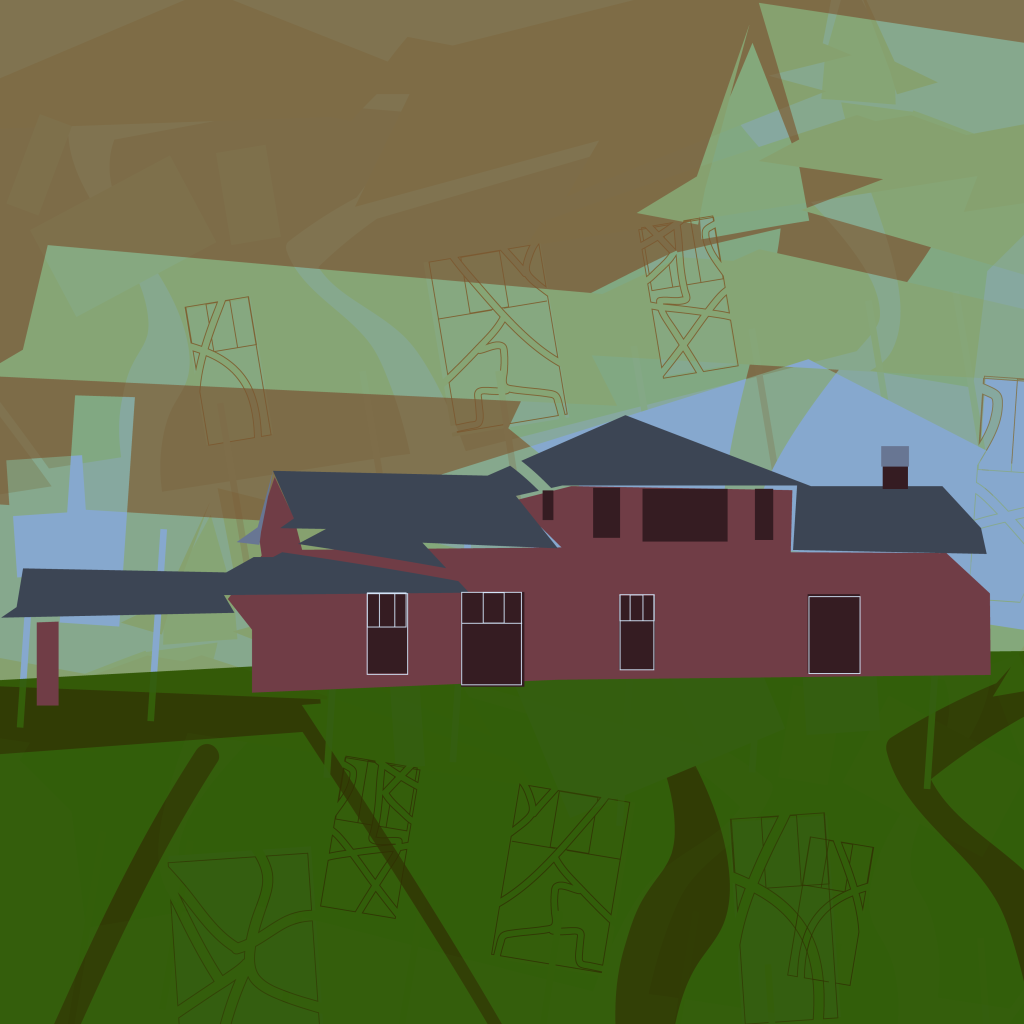The York Street Train Station in Fredericton was built by the Canadian Pacific Railway in 1923.
The building, now operational as an NB Liquor store, holds a mysterious past relationship with Irving.
An unimposing brick building with sandstone trim along the roof, it is one of the few remaining brick train stations in New Brunswick. The Brunswickan aims to understand the story behind this station, and to answer the question: Why did Irving hold onto this land for so long?
In the late 1950s, passenger trains ran from the York Station, allowing travel between McAdam and Saint John.
Steve Boykin, former president of The Fredericton Friends of the Railway Inc., writer, avid train enthusiast, and Brunswickan alumni (typesetter) assisted The Brunswickan with his knowledge on the history of the station.
Usage of the train station halted on April 28, 1962. However, from 1961 to 1981, people were able to go into Fredericton Junction and catch Canadian Pacific’s “Atlantic Limited” train that travelled across NB.
Much to the surprise of Fredericton citizens, in 1981, the train station reopened. However, there was another route used by The Rail “Atlantic” which travelled between Montréal and Saint John. This route was cancelled and replaced with a service between Halifax and Saint John.
Then, finally, the railway was abandoned in 1993.
Before selling Canadian Pacific’s (CP) remaining rail systems, the station was abandoned and all rails were sold. On January 1, 1995, CP transferred ownership of the station to the railway itself, which happens to be owned by J.D. Irving Limited.
Following the transfer of ownership to J.D.I., the area around the station slowly decayed. Many old rails were found protruding out of the ground and the engine house was eventually removed.
In 1995, after avoiding destruction for the past 25 years, the station was in danger of demolition. However, it was protected under the Heritage Railway Protection Act of 1985, which prevented the demolition of stations as long as an active railway company owned it.
The lack of information regarding the station’s land stems from the secret–styled negotiations.
In 2007, Mayor Brad Woodside said, “it’s a private deal that’s being worked on. The city is not involved.”
Also in 2007, Alex Forbes, assistant director of development and services at city hall, said he was optimistic about the city’s involvement in the redevelopment of the properties but, at the time, the application was not yet determined.
The Brunswickan interviewed Brad Woodside to truly understand what had happened back in 2007 and get to the bottom of this secretive Irving developmental deal.
Woodside said it all started getting aggressive in 1992, which is when he got involved by encouraging the Daily Gleaner to report on how the Irvings were letting a historic building in Fredericton rot. He felt that the Irvings should be embarrassed by this reporting, but that it was also an embarrassment on behalf of the city of Fredericton.
The Irvings owned one of the last historic brick stations in New Brunswick, and let it rot while making their millions.
“The reason that I got involved is because I used to travel down from Ontario with my mother on the train when I was little, and we used to come from Fredericton junction – they used to call it a dayliner – or into Fredericton at that train station, on York Street,” said Woodside. “So I remember that, and also when the train was brought back once more to introduce the American Hockey League into New Brunswick. The AmericanExpress came in, and we flipped a train from Fredericton Junction to Fredericton with the hockey teams on it.”
The Irvings indicated that the York Street Railway would not be restored unless J.D. Irving would receive an economic return on the property.
Woodside described it as a terrible situation, saying, “I was very unhappy with the situation [of historic buildings and that in York] in this city. The fact that Irving was letting it fall apart – the roof was caving in. It was terrible, [and] it was embarrassing.”
The other historic building Woodside refers to is in McAdam, NB. Irving gained ownership to that train station as well – because train stations are known to the Irvings as “prime real estate.”
The McAdam Railway Station is a massive stone building which is at least four times the size of the one on York Street. In 1995, it was prevented from demolition under the Federal Heritage Railway Act. Because the station could not be demolished, the tiny village of McAdam with a relatively flat real estate market did not hold much value for the station; Irving donated it to the Village of McAdam.
The only reason the York Street Station was saved, Woodside says, was due to Dana Glendenning from NB Liquor Commission, and Rick Miles, a good friend of his who was a minister at the provincial level. The province acquired the land from Irving, and then NB Liquor took out a long-term lease, finally enabling the restoration of the long-forgotten, decrepit York Train Station.
When asked how the people of Fredericton felt about Irving’s actions, he said, “people were really upset that this big organisation which was so wealthy, had a historic train station and was actually letting it fall apart right before our eyes and [the Irvings] weren’t even lifting a finger to do anything… that’s what upsets people.”
“If it was any other building with a heritage designation, I don’t think anybody would have gotten away with that. But the Irvings just kind of took their time on it and waited and waited and waited. All of a sudden it was indicated that the station became very dangerous, and I think I called [the Irvings] and they put a fence up,” Woodside said.
Now the land surrounding the station is rumoured to have been sold to local real estate company Colpitts Developments (known also as Colpitts Realty, and sometimes Prospect Developments) but the train station itself still stands freely, and NB Liquor continues to successfully conduct business from it while preserving the historic building. But while NB Liquor had ample motive to lease an interesting-looking, standalone building in a good location to use a store, how is Colpitts involved, if at all? Why was this land, once so contentious that half of Fredericton was up in arms over it, sold (purportedly for a dollar) to a real estate company that uses three different names?
The station’s past still isn’t certain, and the negotiations surrounding its future seem to be full of mystery and secrecy. But while the battle between Irving and the City of Fredericton over whether to restore or demolish the railway station is now over, the mystery over what is happening to the property surrounding it is only becoming more and more tantalising.




